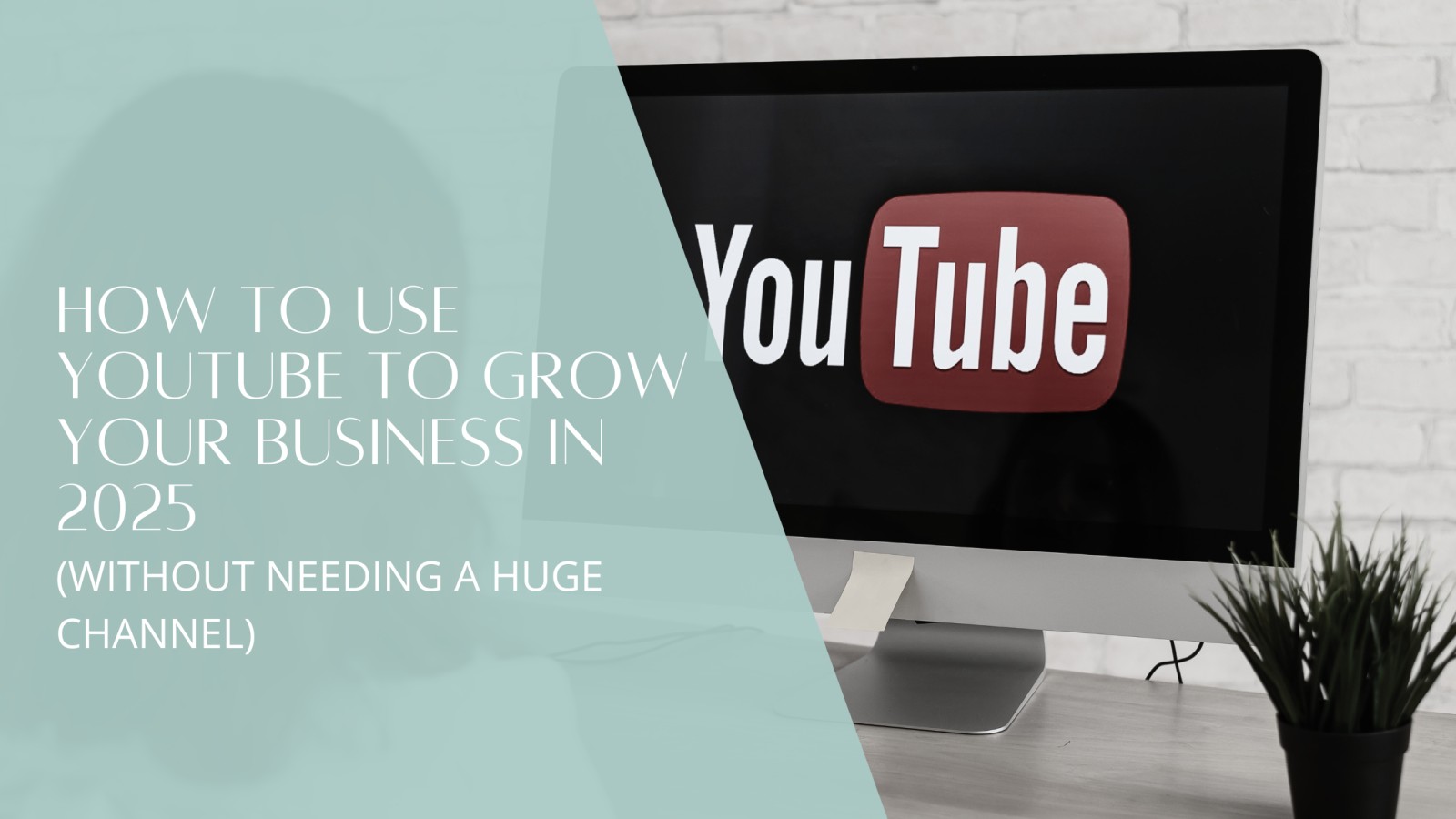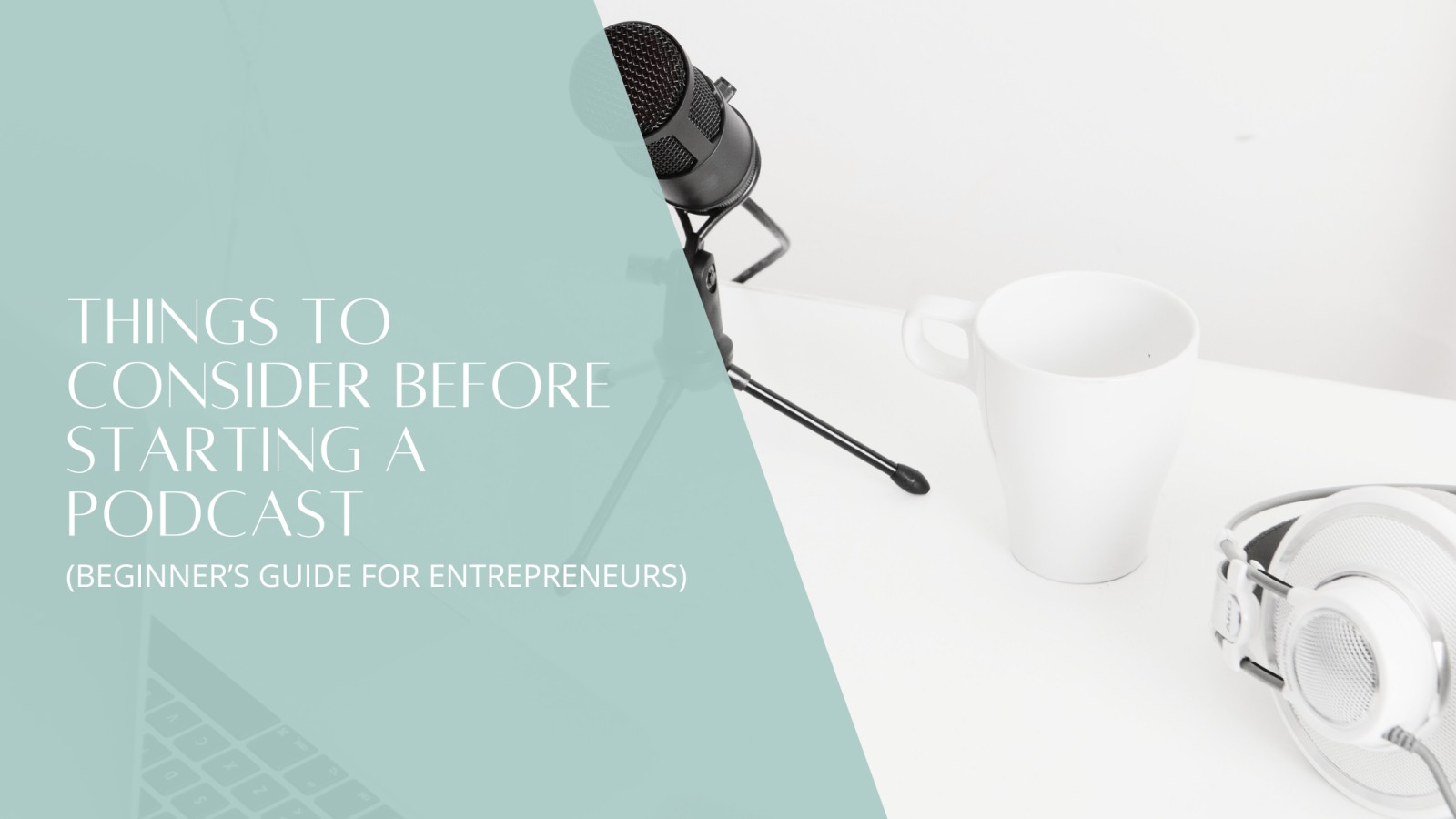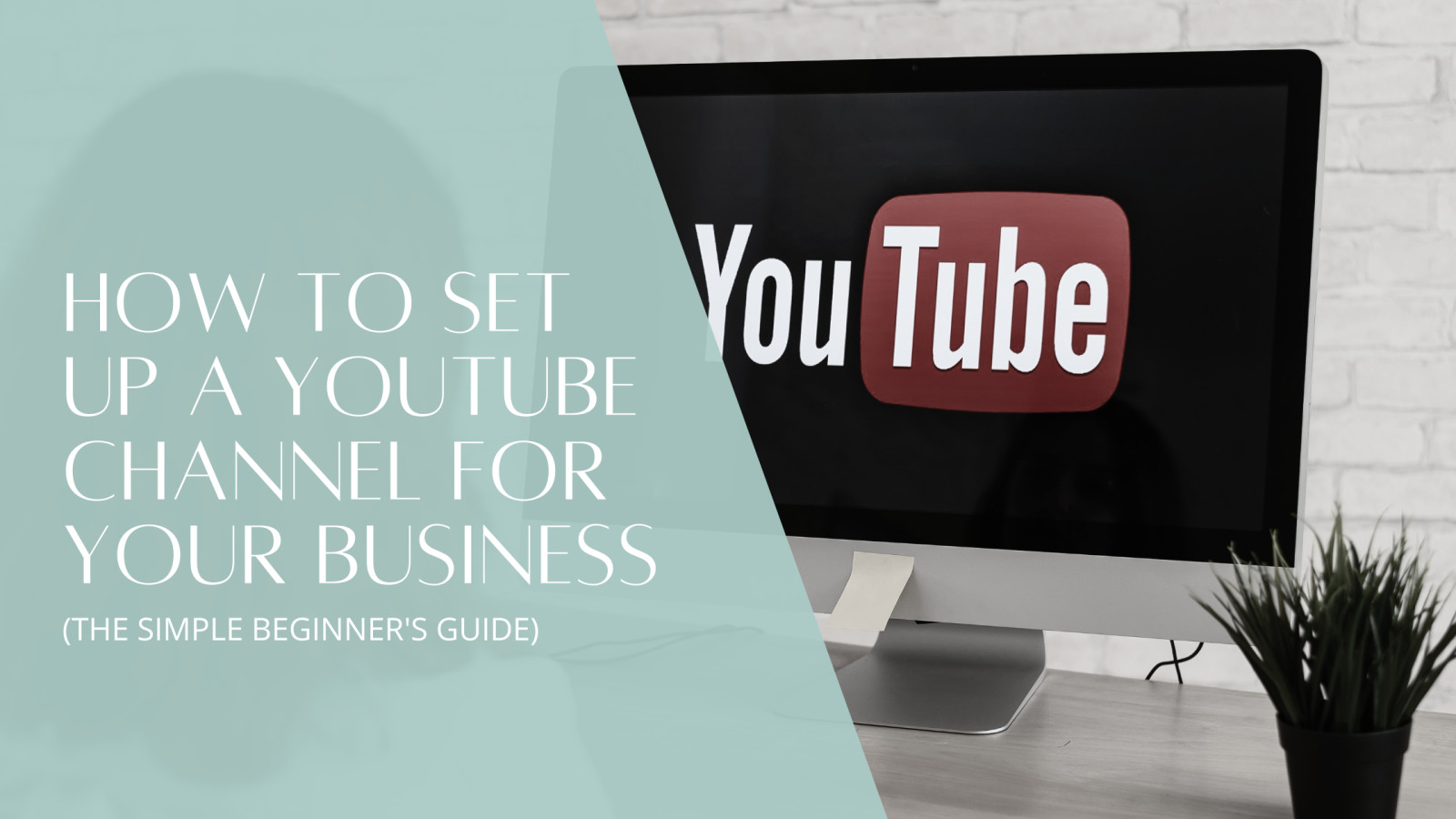
Learn how to use YouTube as a discovery engine for your business. Discover how even small channels can generate big income through offers, funnels, and clarity—not ads or brand deals.
Discover the secrets to launching a successful YouTube channel, even if you're just starting out and feeling unsure about where to begin. Learn how to treat your channel as a powerful tool for building connections, choosing a niche that keeps you inspired, and crafting content that hooks viewers right from the start. With tips on creating eye-catching thumbnails, optimizing titles, and maintaining consistent uploads, you'll uncover strategies to boost visibility and engagement without needing fancy equipment. Dive into this guide to transform your videos into a thriving business asset, and find out how a little patience and smart tweaks can help your channel grow exponentially.
Read more...
Launching a business can often feel like an overwhelming juggling act, but there’s no need to go it alone. Discover how ChatGPT acts as the ultimate virtual assistant, transforming your entrepreneurial journey by providing invaluable support with brainstorming, writing, and planning. By crafting the perfect prompts, you can unlock its potential to outline email newsletters, draft social media posts, or even map out a 30-day content calendar tailored to your business needs. This crash course reveals 10 essential prompts to streamline your entrepreneurial tasks and enhance your productivity. Dive into this insightful exploration and uncover how these prompts can turn content creation from a chore into a seamless part of your business strategy, allowing you more time to focus on your clients and growth.
Read more...
Wondering where clients come from as a new coach or service provider? Learn simple, beginner-friendly ways to find and attract your first paying clients.
Embarking on a new business journey can feel both exhilarating and daunting, especially when faced with the burning question of where to find those elusive first clients. Fortunately, the path to acquiring clients is more straightforward than you might expect and doesn’t necessitate a hefty budget or advanced tech skills. This insightful blog post unveils the essential steps to discovering clients by tapping into your existing network, leveraging the power of social media, and cultivating genuine connections through content and collaborations. Dive into practical, easy-to-follow advice on the art of networking and how consistency can transform your business landscape. Whether you're a budding coach or service provider, these strategies will open doors to opportunities that can turn your passion into a thriving venture.
Read more...
Unlock the potential of your business with the power of podcasting. This beginner’s guide breaks down the essentials for new entrepreneurs eager to dive into the podcasting world without getting overwhelmed by tech or complexity. Discover the fundamental questions you need to answer before hitting the record button, like defining your podcast's goal, curating engaging topics, and deciding on your commitment level. You'll learn that a fancy studio isn't necessary; just a quiet space, a good microphone, and basic recording software will suffice. Explore practical tips on editing, promotion, and staying consistent to foster a genuine connection with your audience. Whether you're ready to inspire or teach through your own audio show, this guide offers the encouraging steps to start your podcast journey confidently and simply.
Read more...
Unlock the potential of creating an impactful online course with this step-by-step guide designed for budding entrepreneurs eager to share their knowledge and generate income. Discover how a meticulously crafted course layout not only enhances the perceived value of your offerings but also ensures that students remain engaged and achieve tangible results. From defining a clear course promise to structuring modules and lessons that guide learners seamlessly toward their goals, the process becomes manageable and accessible, even for those less familiar with technology. Learn the art of creating concise, personable video lessons, adding supportive resources, and selecting user-friendly platforms to launch your course effortlessly. With practical tips on selling your course and a reminder that anyone with a passion for helping others has something valuable to teach, this guide will inspire you to take the leap and start your educational venture today.
Read more...



























